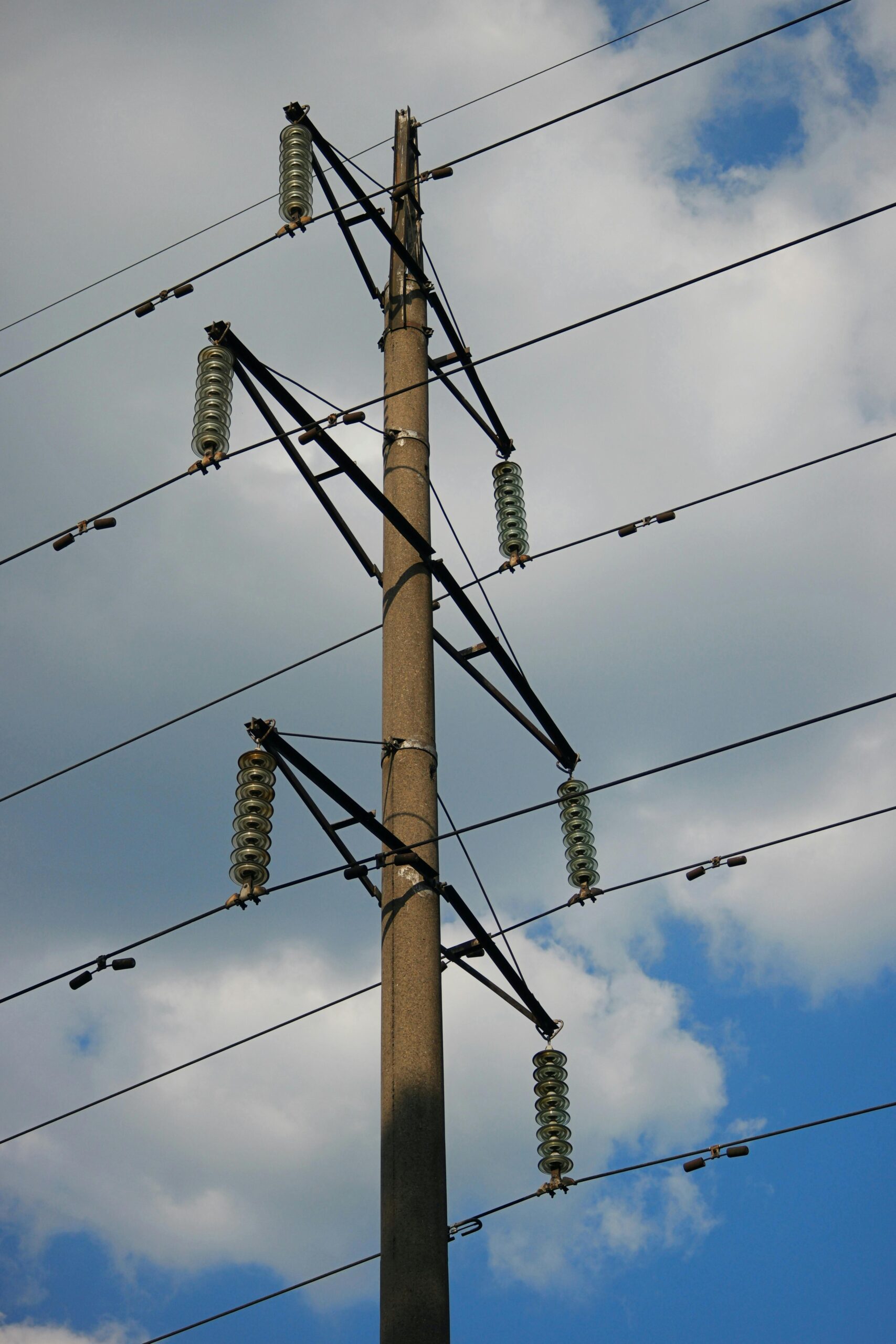
Problem
A mismatch between when renewable energy is available and when it’s needed
Wind and solar power are abundant, clean, increasingly inexpensive energy sources, and already contribute significantly to efforts to decarbonize the electricity grid. But since the sun shines only part of the day and wind is unpredictable or strongest late at night, these energy sources are not consistent.
If there’s more energy produced than the electric grid needs, the capacity of wind and solar farms is simply wasted. Worse, if electricity demand spikes during periods of low renewable energy generation, utilities will often fire up so-called “peaker plants” which emit large amounts of CO2 relative to ordinary power plants. With no clean, cost-effective technology for storing renewable energy to serve these peaks, the amount of renewable energy the grid can handle could be capped, and the growth of renewable energy over the next decade could stagnate.
Solution
A grid-scale energy storage technology that can “time shift” renewable energy
Technologies do exist to help the grid cope with quick demand spikes and to store energy for several months. But current solutions are expensive and are not capturing all of the energy produced by renewable energy sources. What if we could take full advantage of renewable energy with an inexpensive system that could be located just about anywhere and store energy for a few hours or even up to several weeks.
Technology
Store Thermal Energy into Ceramic and Generate Electricity using Free Piston Sterling Engine
InveSun captures the solar thermal energy as a hot air, ceramic heat exchanger stores the heat and stirling engine converts the hot air in to electricity. The Linear Fresnel collector helps in capturing sun radiation at minimum complexity, the absorber transmits solar flux in to hot air, which passes through ceramic heat exchanger, and the chemical composition held in specific geometry captures excess heat works as storage. The stirling engine converts the heat in to electricity.
